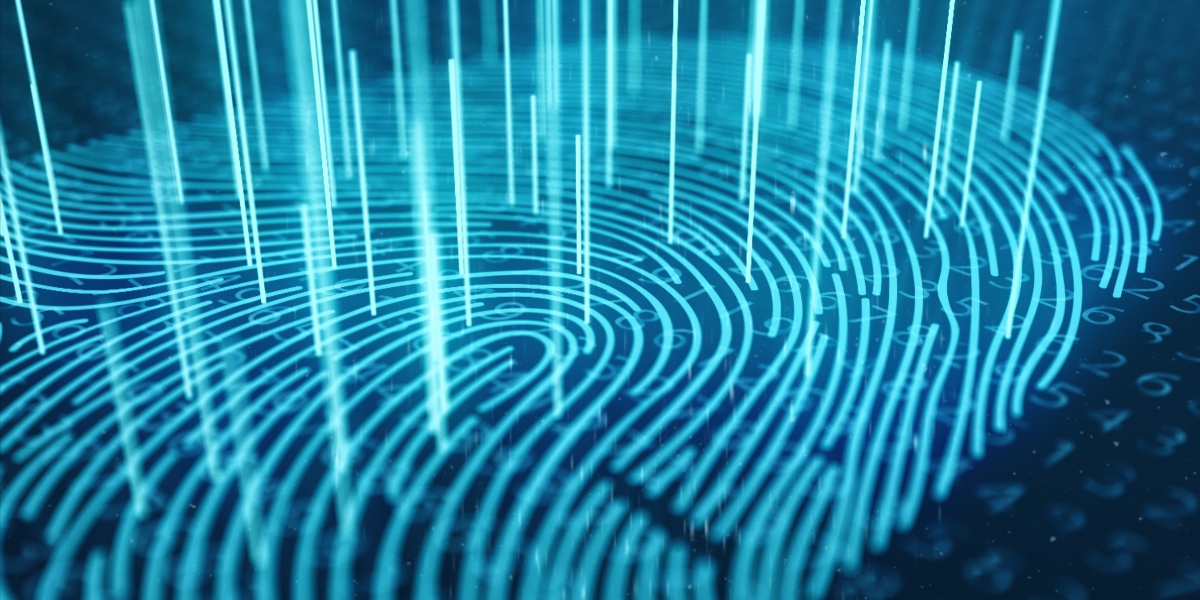Favicons, the small icons that appear in browser tabs and within search engine results, serve as a visual marker for websites, aiding in brand recognition and user navigation. Beyond their visual utility, though, favicons hold value in the world of cybersecurity through the use of favicon hashes.
A favicon hash is essentially a digital fingerprint created by applying a hash function to a favicon file. Hash functions generate a fixed-size string of bytes – usually expressed as a hexadecimal number – that is unique to the input file. This means that any change in the file, however minor, results in a completely different hash value.
Why are Favicon Hashes Important?
Favicon hashes are important for several reasons in cybersecurity:
Web Fingerprinting
By hashing the favicon of a website, security researchers and cyber attackers alike can create a unique identifier for that site. This identifier can then be used to recognize and track the website across different contexts without needing to interact with the site directly.
In traditional web fingerprinting, security researchers manually visit and analyze websites to note unique characteristics such as structure, content, and style. This process can be time-consuming and less reliable due to dynamic website content and IP changes. Researchers often rely on methods like IP and domain checks and banner grabbing, which involve direct interaction with the website, potentially alerting malicious hosts and increasing the risk of detection.
Security Assessments
In security assessments, organizations can utilize favicon hashes to efficiently scan their networks for unauthorized web services. By checking the favicon hash of each web server against a database of known hashes associated with authorized or recognized services, servers running unknown or suspicious services can be quickly flagged. This process allows for rapid identification and facilitates timely security compliance checks, making it an effective tool for maintaining network integrity.
Malware Detection
Favicon hashes can also play a role in detecting phishing sites. Malicious sites often replicate the look of legitimate sites, including their favicons. By analyzing the favicon hashes, security systems can potentially flag sites that mimic established brands.
Advanced Threat Detection
Favicon hashes are not just useful for identifying and tracking websites, but also for enhancing threat detection mechanisms. By integrating favicon hash analysis into advanced threat detection systems, organizations can detect anomalies and patterns that may indicate a cyber threat.
For instance, a sudden change in the favicon hash of a regularly accessed website could be a sign of a man-in-the-middle attack or a takeover of the website’s server.
Integration with Other Security Tools
Combining favicon hash data with other security tools, such as SIEM (Security Information and Event Management) systems, enhances the overall security posture. This integration allows for the correlation of seemingly unrelated events across different systems, enabling security teams to gain a holistic view of potential threats.
For example, an alert from a network intrusion detection system, combined with an unrecognized favicon hash, can trigger a high-priority investigation.
Future Perspectives
As web technologies advance and cyber threats become more sophisticated, favicon hashes might evolve to include more complex metadata or be part of broader digital fingerprinting techniques that encompass additional elements like header information, cookies, or even script patterns.
Future research could explore the resilience of favicon-based identification against deliberate obfuscation tactics used by malicious actors, ensuring that this method remains robust in the ever-evolving cybersecurity landscape.
Educational Implications
Last, the discussion of favicon hashes also opens up educational opportunities in cybersecurity. By incorporating favicon hash analysis into cybersecurity curriculums, educational institutions can provide practical, hands-on experience with real-world security tools and techniques. This not only enriches the learning experience but also prepares students for the complexities of modern cybersecurity challenges.
Conclusion
While simple in concept, favicon hashes offer powerful capabilities for website identification and security analysis. As cybersecurity continues to evolve, the use of such seemingly minor details like favicon hashes will likely become more prevalent in efforts to maintain network integrity and security.
Understanding the technical aspects and practical applications of favicon hashes helps both cybersecurity professionals and tech enthusiasts stay informed about the tools and methods used to safeguard digital assets.






